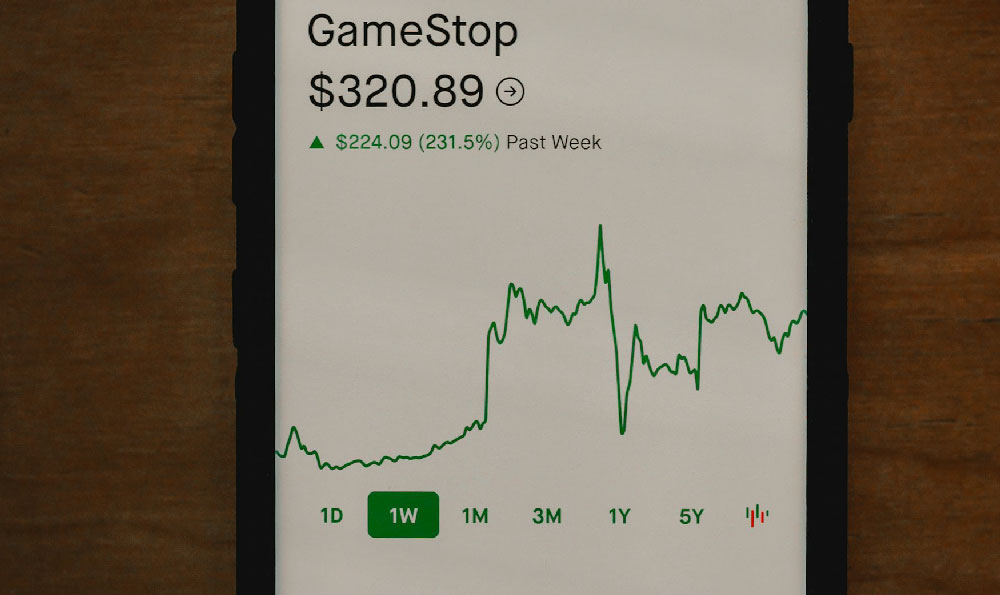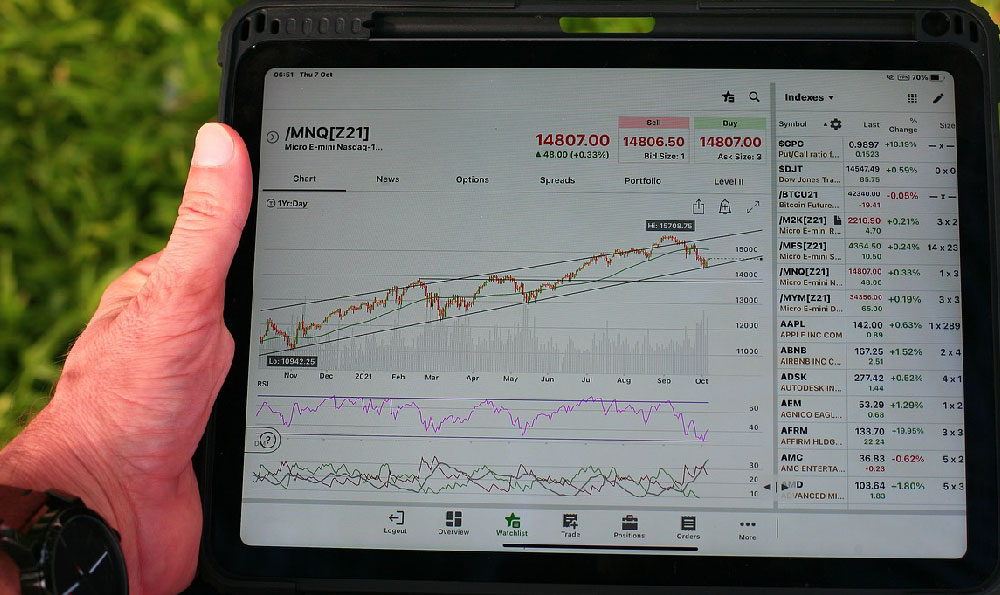The allure of the fashion industry is undeniable, a world of creativity, innovation, and often, perceived glamour. Many aspiring designers dream of seeing their creations grace the runways of Paris or New York, but behind the glitz and glamour lies the practical question of financial compensation. Understanding the earning potential of a fashion designer requires a nuanced approach, considering factors like experience, location, specialization, and the type of organization they work for. It's crucial to dispel the myth of overnight riches and delve into the realistic salary landscape.
Entry-level positions, as is the case in most professions, typically command lower salaries. A recent graduate starting as a design assistant or junior designer might expect to earn somewhere in the range of $40,000 to $60,000 annually in the United States. These roles often involve supporting senior designers, assisting with pattern making, sketching, sourcing fabrics, and participating in the overall design process. The specific tasks vary depending on the size and structure of the company. Larger corporations often have more structured roles, while smaller studios might require assistants to wear multiple hats. It's important to remember that these initial years are critical for building a portfolio, gaining experience, and networking within the industry, all of which will significantly impact future earning potential.
As designers gain experience and move into mid-level positions, their responsibilities expand, and so does their earning potential. A designer with 5-10 years of experience might expect to earn between $60,000 and $90,000 per year. At this stage, they are likely leading design projects, managing teams, and having more autonomy in the creative process. They are also expected to have a strong understanding of market trends, consumer preferences, and production processes. Furthermore, their network of contacts within the industry is likely to be more extensive, which can open doors to new opportunities and higher-paying positions. The ability to present designs effectively, communicate ideas clearly, and collaborate with various stakeholders becomes increasingly important.

Senior-level designers, including design directors and heads of design, often command salaries exceeding $100,000 and can reach upwards of $150,000 or more, depending on the size and prestige of the company. These individuals are responsible for the overall design direction of a brand or collection. They oversee the entire design process, from conceptualization to final production. They also play a critical role in shaping the brand's image and ensuring that designs align with the company's overall business objectives. Senior designers often have extensive experience in the industry, a strong track record of successful designs, and excellent leadership skills. Their ability to anticipate future trends, innovate creatively, and manage budgets effectively are essential for their success.
Geographic location plays a significant role in determining fashion designer salaries. Major fashion hubs like New York City, Los Angeles, and Paris tend to offer higher salaries than other regions. This is due to the concentration of fashion companies, design schools, and manufacturing facilities in these areas. The cost of living in these cities is also generally higher, which contributes to the higher salary levels. However, competition for jobs in these areas can be fierce, and the pressure to succeed is often intense. Designers working in smaller cities or rural areas might earn less, but they might also enjoy a lower cost of living and a more relaxed work environment.
Specialization within the fashion industry can also impact earning potential. For example, designers specializing in haute couture or luxury brands often command higher salaries than those working in mass-market fashion. This is due to the higher price points of these garments and the greater emphasis on quality and craftsmanship. Designers specializing in specific niches, such as bridal wear, sportswear, or children's wear, might also find opportunities to earn more depending on the demand for their particular skills. The ability to adapt to changing trends and develop expertise in emerging areas of the industry can be a valuable asset.
The type of organization a fashion designer works for also influences their salary. Large fashion corporations, with established brands and extensive resources, typically offer higher salaries and benefits packages than smaller, independent design studios. However, working for a large corporation might also mean less creative freedom and more bureaucratic processes. Independent designers who start their own businesses have the potential to earn significant income, but they also face the risks and challenges of entrepreneurship, including managing finances, marketing their designs, and competing with established brands. The choice between working for a large corporation, a small studio, or starting their own business depends on the individual's career goals and risk tolerance.
Beyond salary, other forms of compensation can also contribute to a fashion designer's overall income. These might include bonuses, commissions, stock options, and profit sharing. Some companies also offer benefits packages that include health insurance, retirement plans, and paid time off. Furthermore, designers who are successful in selling their designs might also earn royalties or licensing fees. These additional forms of compensation can significantly increase a designer's total earnings.
The fashion industry is notoriously competitive, and a strong portfolio is essential for landing a job and commanding a higher salary. A well-crafted portfolio should showcase a designer's skills, creativity, and versatility. It should include sketches, technical drawings, sample garments, and photographs of completed designs. It should also reflect the designer's personal style and demonstrate their understanding of current trends. Building a strong portfolio takes time and effort, but it is a crucial investment in a fashion designer's career.
In conclusion, determining the salary of a fashion designer is a complex equation with numerous variables. While entry-level positions may offer modest compensation, experience, specialization, location, and the type of organization all play a significant role in shaping earning potential. Aspiring designers should focus on building a strong portfolio, gaining valuable experience, and networking within the industry. By understanding the factors that influence salary and developing the skills and expertise necessary to succeed, they can increase their chances of achieving their financial goals in the world of fashion. The dream of a glamorous career is attainable, but it requires dedication, hard work, and a realistic understanding of the financial landscape.












